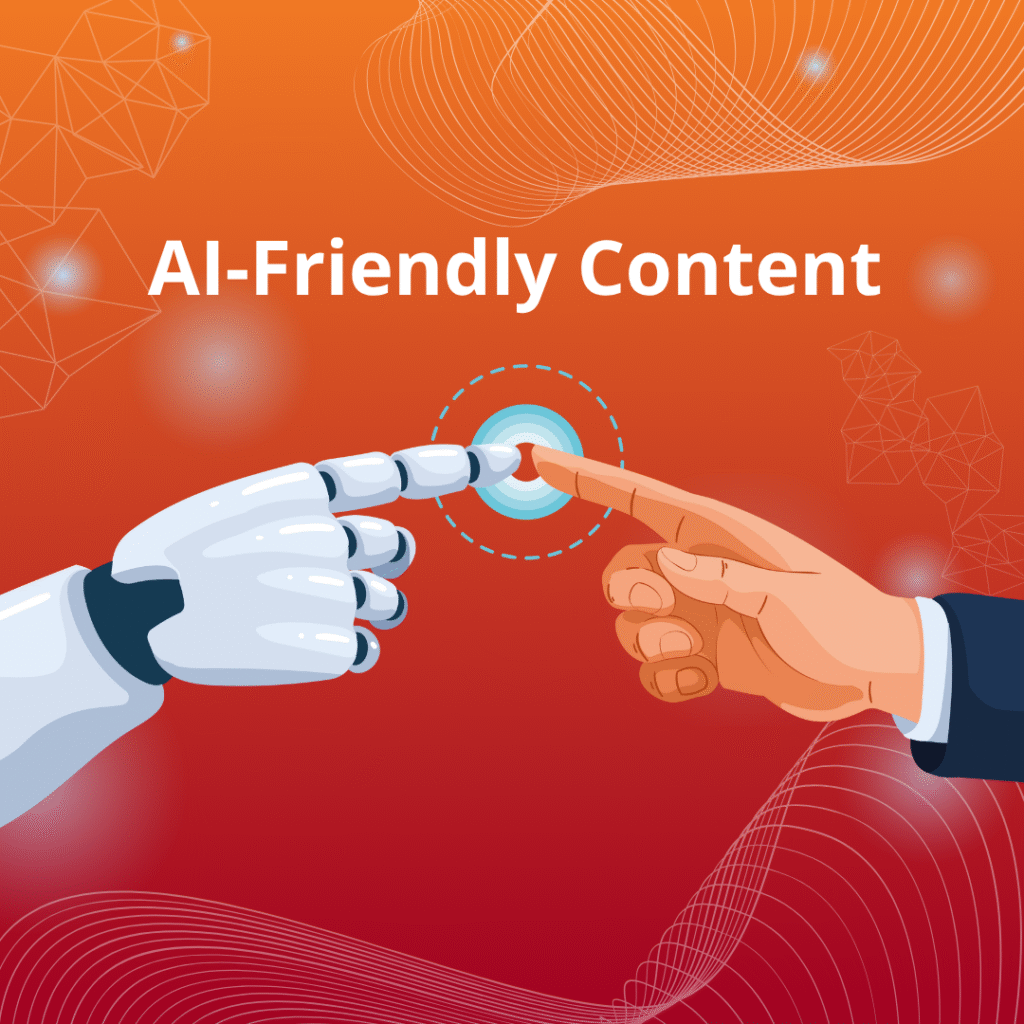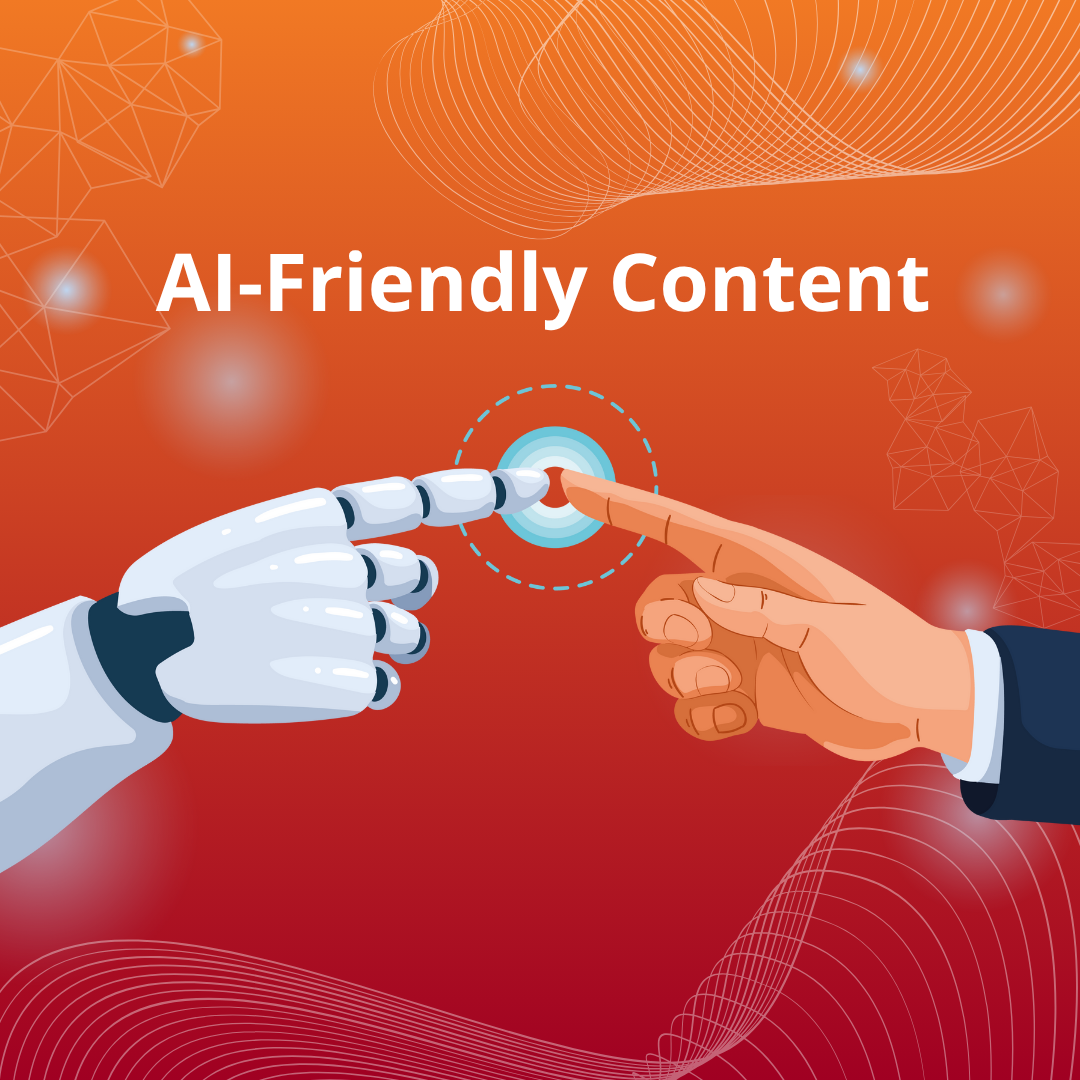In 2025, content creators face a unique challenge: striking the perfect balance between writing for algorithms and writing for people. With the rise of powerful AI content generators like ChatGPT, Jasper, Copy.ai, and Gemini, it’s never been easier to create optimized, structured content at scale. But here’s the catch — just because it’s AI-friendly doesn’t mean it’s human-friendly.
So, how can we make sure our content gets the green light from search engines and resonates emotionally with readers? Let’s dive in.

Understanding AI Content Generators
An AI content generator is a tool that uses natural language processing (NLP) and machine learning to create human-like text based on a prompt. These tools are widely used for blogging, ad copy, email marketing, product descriptions, and more.
They offer:
- Fast, scalable content creation
- SEO optimization suggestions
- Consistency in tone and grammar
- Data-driven content insights
But relying solely on these tools often results in generic, robotic writing — which readers can spot immediately.
Why AI-Friendly Content Is Important
Search engines, especially Google’s new AI-powered SGE (Search Generative Experience), prioritize structured, keyword-rich, and semantically meaningful content. AI systems look for:
- Clear H1, H2, and H3 structures
- Keyword placement and relevance
- Answer formats like lists and FAQs
- Schema markup
- Semantic variation (LSI keywords)
Optimizing content for AI helps ensure it’s:
- Indexed faster
- Featured in snippets or AI summaries
- Ranked higher for voice and mobile search
But here’s the twist: ranking high means nothing if readers bounce immediately.
Writing for Humans: The Emotional Side of Content
While AI focuses on structure, humans focus on story, emotion, clarity, and trust. Content that performs well with real people:
- Tells relatable stories
- Uses conversational tone
- Breaks complex ideas into simple points
- Connects emotionally with pain points and desires
- Builds authority through honesty and experience
This is where human creativity trumps machines. Empathy, tone, and real-life insights can’t be automated — yet.
The Perfect Blend: Humanized AI Content
To succeed in 2025, brands must write content that:
- Is structured for AI engines
- Includes keywords naturally (like AI content generator)
- Sounds like it was written by a human for a human
- Engages readers from headline to CTA
Let’s look at how you can do this:
1. Start with Purpose, Not Just Keywords
Before you even open an AI tool, ask:
- Who is this for?
- What problem am I solving?
- What action should readers take?
Then layer in your keyword — e.g., AI content generator — strategically, not aggressively.
2. Use AI Tools for Drafting, Not Publishing
AI tools like Jasper or Copy.ai are amazing for first drafts or headline ideas. But always:
- Edit for voice, flow, and originality
- Remove jargon and fluff
- Add personal examples or case studies
3. Structure Like a Pro
Both AI and humans love structure. Use:
- H1 for the title
- H2 for subtopics
- H3 for points or examples
- Bullet points and numbered lists
- Short paragraphs (2-3 lines)
4. Tell Real Stories
No matter how technical the topic is, include:
- Personal anecdotes
- Real business examples
- Emotional hooks (fear, desire, hope)
This makes your content relatable and memorable.
5. Add Visual and Interactive Elements
Use images, videos, infographics, or embedded polls. Visual content:
- Breaks monotony
- Boosts time-on-page
- Helps explain complex ideas
6. Optimize for AI Discovery
Even when writing for humans, don’t forget these AI-readability tips:
- Use schema (FAQ, Article, How-To)
- Answer common questions explicitly
- Include meta title and description
- Use variations of your primary keyword (AI content writer, AI copy tool, etc.)
Example Section: Before vs. After Humanizing AI Content
AI-Generated (Before): “An AI content generator can assist with creating content quickly and helps businesses achieve efficiency.”
Humanized Version (After): “Think of an AI content generator as your writing assistant — helping you brainstorm, write, and polish content faster. But remember, it’s still your voice that readers want to hear.”
Why This Matters for Brands Like Digify Pro
At Digify Pro, we understand the new content battleground. Brands must:
- Be found by AI engines
- Build trust with human readers
- Drive action with content that feels real
Our strategy blends AI content generation with expert human editing — so your message reaches the right audience and actually converts.
Tools to Help You Humanize AI Content
Here are some AI + human hybrid tools you can try:
- Jasper.ai – For fast drafting
- SurferSEO – For SEO scoring
- Grammarly – For tone and clarity
- Frase.io – For NLP optimization
- ChatGPT – For ideation and expansion
Final Thoughts
The future of content isn’t human or AI. It’s human + AI. If you can learn to:
- Use AI tools wisely
- Structure for machines
- Write emotionally for people
…you’ll dominate search engines and build deeper customer relationships.
At Digify Pro, we specialize in creating content that speaks to both algorithms and actual humans. Let’s connect.



